22 Best Android Libraries of 2023
Android Libraries are a set of behavior implementations written down in programming languages. These libraries generally include documentation, message templates, configuration data, pre-written code, help data, subroutines, classes, and values, to name a few. Android frameworks also have a very well-defined interface.
People nowadays have turned everything online, so why not library services? It makes everything a lot easier to access, depending on what a developer requires. But we should also remember the hard work behind developing such libraries. It makes the lives of android developers a lot easier.
In the next segment, we have discussed some Android Libraries which are among the best in 2022.
22 Android Libraries You Must Check Out in 2023
1) ZXing
ZXing is an acronym for Zebra Crossing. It is a barcode image-processing Android library. This library is generally used in Java with links to other programming languages. Even Google uses this amazing Android library to generate millions of barcodes searchable on the web.
Moreover, this library also has support for 1D products, 1D Industrial, and last but not least, 2D barcodes. It also is the base of Android’s Barcode Scanner application and is in-built into Google’s Book Search and other products.
2) Butter knife
It is a view-binding Android support library. It helps in assigning IDs to views very effortlessly. It is dependency injection, and these library annotations are employed to generate boilerplate code. This library successfully eliminates the need for onClick and onTouch while replacing them with auto-injected code.
3) Rxjava2
This library helps in implementing reactive programming. It is one of the best choices because it is considered unbeatable by Android app developers. That’s because it simplifies the process of chaining async operations and opens up an easier way to declare how simultaneous operations should work. It can also highlight the errors quickly, which takes a lot more time when done by other libraries.
4) Dagger 2
This library has one advantage is that it simplifies access to shared instances. It relies on Java annotation processors and compiles time to eliminate and analyze dependencies. But there are also limitations of Java dependency injection libraries, including relying on XML, suffering from performance penalties during startup, or having validating dependency issues while running.
5) Holo Graph Library
This is a newly developed graphic library. It is among the top libraries for adding impeccably designed graphs and charts to Android applications. These features include Line Graph view, pie graph view, bar graph view, and multi-series dough graph view. This library has become a favorite of most Android app development companies.
6) Gravity view
This Android UI library is used for image tilting using sensors. This library is first used in the famous application Fynd, and you need to operate Android 3.0 and higher to use this library. The main goal is to utilize the motion sensors of your android devices and allow users to perform certain functions by moving and rotating their devices. With the help of an Accelerometer sensor, you can use it for non-gyroscope devices.
7) Stetho
This Android library is used for different purposes, including network inspection, database inspection, Java Script Console, etc. The developers mainly use this library to access the Chrome Developer Tools features natively part of the Chrome desktop browser.
8) Panel Layout
Panel Layout is a UI Android library that allows developers to display a resizable and floating panel that users can snap to the device edges. It is released under a 2-clause BSD license and is inspired by the iOS UI framework “Panel Kit”. One can also use this library for testing purposes as well. The documentation that this library has is worth using on current Android apps.
9) Espresso
This Android library allows you to write tests and check whether the text of the TextView is similar to another text. But to use this, you must add dependencies to the app module build. Then you can set instrumentation runners and sync the Gradle files to create a test file. It is a test framework that helps developers to build UI tests for Android applications.
10) Retrofit
After this Android library came to the surface, it solved many problems. Retrofit is a type-safe REST client for Android and Java devices. It intelligently maps the API into a client interface using annotations.
This library takes care of parsing POJOs by using converters. Developers can use this if they want to make a network request. It also helps in manipulating endpoints and headers, adding a request body and query parameters, and selecting request methods – all with just annotations. In this case, you also have to set instrumentation runners for the sync.
11) Event bus
The main issue that this Android library takes care of is communication. While using an Android app, you may deal with these issues relating to communication, so they resolve the issue utilizing publisher or subscriber design.
This Android framework and library work and simplify communication between decouples, parts, event senders, and collectors. It has some excellent features like delivery threads and subscriber needs. It also performs well in activities, fragments, and background threads. Various classes are decoupled from one another, so it is easier to troubleshoot and is less complex.
12) Android Databinding
First of all, it does not use annotations like other view-binding libraries. It is in-built into the Android Support Library and requires at least Android Studio Version 1.3 to work. This Android Library helps combine UI components in the layouts to data sources in the applications using declarative format instead of programmatically. Also, layouts are defined in activities with code that need UI frameworks.
13) Activity Recognition API
This library helps an individual to recognize their present activity, like driving, strolling, and even if one is standing still. It uses the Intent service to analyze the identified activity changes. There are two buttons, request updates and eliminate updates. By this, you can demand updates and quit getting them, respectively.
14) Glide
Managed by bumptech, this Android library is one of the best for image loading. It is a flexible API and allows programmers and developers to connect with any network stack, as its default stack is HttpUrlConnection. It is very effective if you need to resize, fetch, or even display a remote image.
15) CAMView
It is an Android camera easy-access library with an embedded QR scanner. It possesses a set of components (views, in simple words) that are set to be put into your layout files. Scanning barcodes, performing your own camera data processing, and creating live preview feeds are some of the functions of this library.
16) Object Box
This Android library is an object-oriented embedded database, considering the right alternative for SQLite. It also allows one to devote time to various product USPs instead of storing and retrieving data. Moreover, it is a perfect suit for loT as its portfolio and documentation are well-defined.
17) MPAndroidChart
This Android library supports radar, line, bar, bubble, pie, and candlestick charts, along with scaling, animations, and dragging. It is a view library for Android charts or graphs.
18) My Little Canvas
This Android library is used to apply text shape, lineshape, and more like this by the canvas methods. It is used to achieve features such as custom underlining on a TextView. This is why it has become famous among users.
19) UI Components libraries
UI is the short form of User Interface. This is why it is prominent and gives no space for negligence in Android app development. For these UI domains, one among which is gravity view, innovations and advances have surfaced over the years in Android Libraries.
20) Animated Pie View
This Android library offers many benefits, including alpha animation using touch, finalizing the text field position during an animation, transforming pie diagrams and ring charts, animation while drawing charts, and so on. It is another method of showing ring charts and pie charts in Android.
21) Robolectric
This Android library handles the inflation of resource loading, views, and other things. It makes tests created in the library more effective and useful in performing tasks that real devices with the Android framework will do. It is an unparalleled unit of the testing library.
22) Picasso
Picasso is one of the most widely used images in Android Libraries and is maintained by Square, taking care of issues like downloading cancellation in an adapter, ImageView recycling, and enabling complex image transformations using less memory, automatic memory usage, and caching. It can automatically detect adapter reuse and also effectively transforms images to fit better into layouts.
Why choose Focaloid?
Focaloid Technologies has built over 100 different consumer-facing applications for multiple industries and use cases. We are experts in building scalable apps using a cloud-native approach and taking all standard security measures. Some backend technologies we use are Node Js, PHP, and more.
Conclusion
If you are an android developer, then using these libraries will definitely make your life easier. They allow you to do much more without coding too much.

